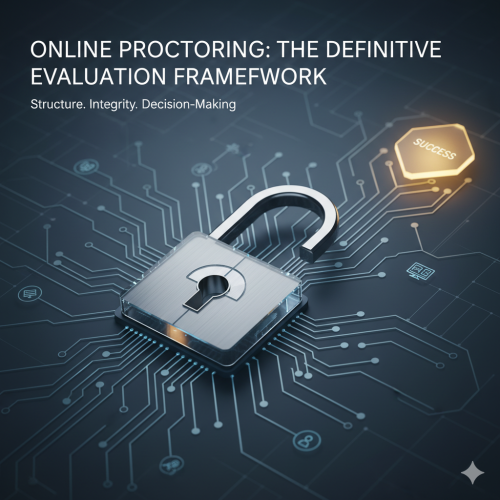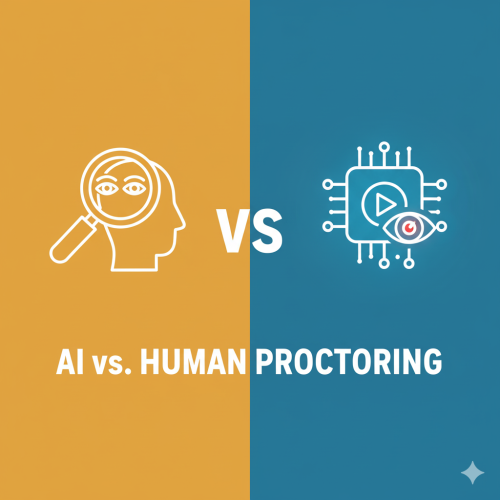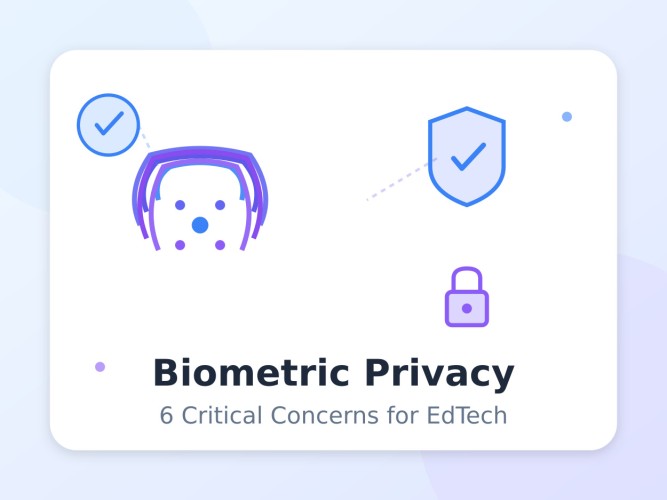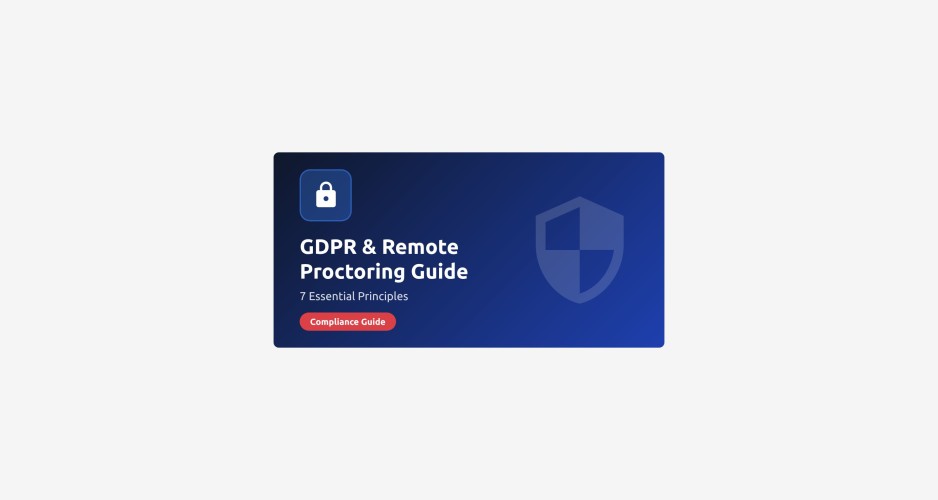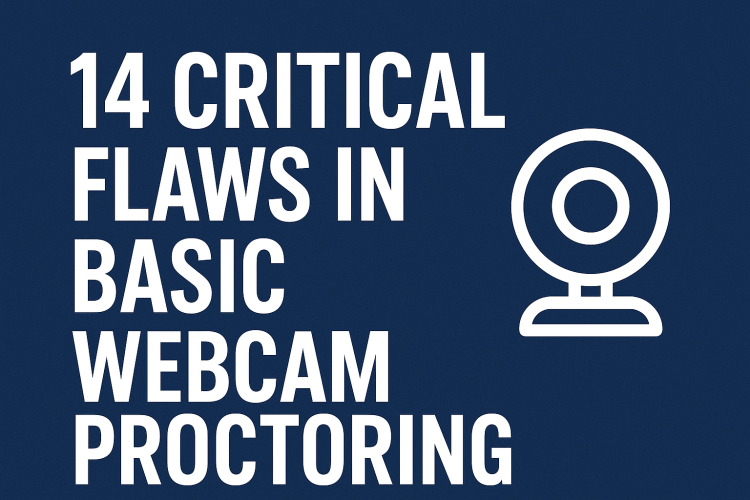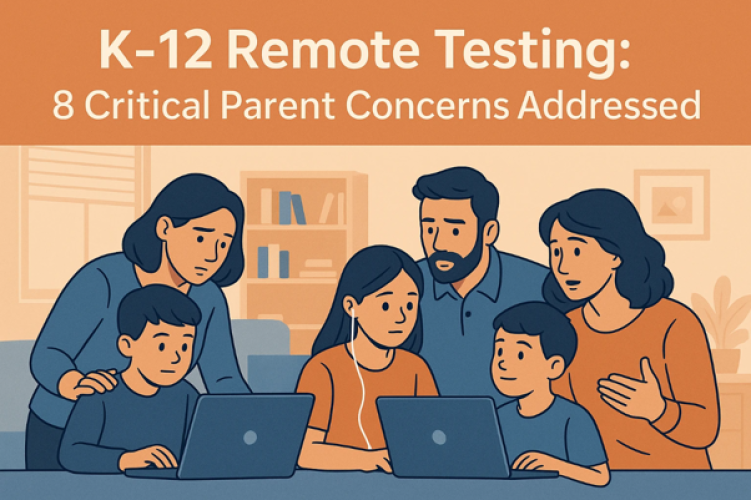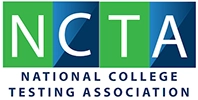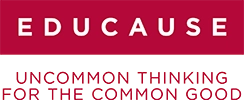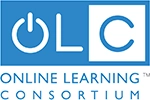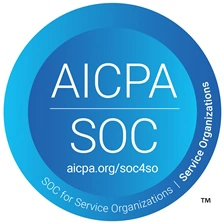Corporate training programs are significant investments that need clear proof of their value. When these programs include assessments and certifications requiring remote proctoring, tracking specific metrics becomes essential. As remote and hybrid work models grow, understanding proctoring’s impact on training ROI is more important than ever.
Proctoring’s Rising Role in Corporate Training
Corporate training has changed a lot recently. What used to be mostly in-person now happens online, bringing new opportunities and challenges. While online training offers great flexibility, it also raises concerns about the honesty and accuracy of assessments. That’s where remote proctoring steps in.
Solutions like Proctor360 ensure that when employees take assessments or complete certifications, the results truly reflect their knowledge. Without proper proctoring, decisions about skills and compliance risk being based on unreliable data.
So how do you tell if your proctoring system delivers real value? Here are five key metrics that directly affect your training ROI.
1. Assessment Integrity Rate
This measures how well your proctoring setup prevents cheating or unauthorized help during exams. It’s vital because it affects the trustworthiness of all your training results.
Failing here can lead to employees earning certifications without the needed skills, compliance becoming just a formality, and poor decisions about promotions or assignments.
Proctor360 uses AI-driven monitoring and 360-degree environmental scans to boost integrity, often achieving rates above 98%. Basic webcam or honor code methods usually hit only 60–70%.
Formula:
2. Completion Rate Efficiency
This looks at how proctoring influences the percentage of employees who finish training and assessments, considering both quantity and time/resources needed.
Poor proctoring can lower completion rates due to technical glitches, scheduling problems, or stressful monitoring.
Proctor360’s flexible platform offers options like AI proctoring for low-stakes tests and live proctoring with full environmental views for critical certifications. This balance boosts completion rates by 15–20% compared to rigid methods.
3. Time-to-Certification Ratio
This metric tracks how quickly employees move from training start to certification. It’s key because faster certification means quicker deployment of trained staff.
Remote proctoring affects this through scheduling ease, tech reliability, check-in smoothness, and speed of results reporting.
Proctor360’s around-the-clock platform and fast support can cut certification times by up to 60% versus traditional testing centers.
Formula:
4. Cost-per-Certified Employee
This adds up all costs related to certifying each employee, including proctoring fees, support, scheduling overhead, lost productivity, and costs from failed assessments due to proctoring issues.
Proctor360’s scalable approach lets organizations pick security levels matching assessment needs, avoiding overpaying for unnecessary features.
Optimizing proctoring this way can lower certification costs by 25–40% while keeping integrity high.
5. Knowledge Application Index
This measures how well employees use their certified knowledge on the job. It’s the most important metric since it links training directly to business results.
Good proctoring ensures certifications reflect real skill, not just test-taking or cheating.
How to measure:
- Track job performance before and after certification
- Collect manager feedback
- Compare results of employees with high-integrity vs. low-integrity certifications
Organizations using thorough proctoring report 30–45% better knowledge application, improving efficiency, quality, compliance, and customer satisfaction.
Best Practices for Measuring Proctoring ROI
- Establish baseline metrics before switching proctoring methods
- Integrate proctoring data with your LMS for unified reporting
- Collect feedback from both employees and managers
- Adjust proctoring levels depending on exam stakes
- Factor in long-term benefits like compliance risk reduction and skill validation
Maximizing Your Proctoring ROI
With remote work now common, the trustworthiness of your training assessments matters more than ever. Watching these five metrics closely helps you get the most from your proctoring investment.
Proctor360 offers flexible, secure, and reliable solutions from AI-driven tools to patented 360 Total View™ monitoring so organizations can find the right balance between security and user experience for every test.
Don’t settle for weak assessment security or clunky processes. Reach out to Proctor360 today to see how our full-service proctoring can boost your corporate training ROI.
FAQs on Corporate Training ROI & Proctoring
Q1. Why does proctoring matter in corporate training ROI?
Because accurate, cheat-free assessments ensure that certifications truly reflect employee skills, which directly impacts performance and compliance.
Q2. What is the assessment integrity rate?
It measures the percentage of exams completed without security issues like cheating or impersonation.
Q3. How can remote proctoring improve completion rates?
By reducing technical hurdles, offering flexible scheduling, and creating a smoother exam experience, which encourages employees to finish their assessments.
Q4. What affects the time-to-certification ratio?
Factors include proctoring platform reliability, check-in processes, scheduling flexibility, and how quickly results are delivered.
Q5. How does proctoring impact certification costs?
A scalable proctoring solution reduces overhead by matching exam stakes with the right level of monitoring, cutting unnecessary expenses.
Q6. What is the knowledge application index?
It measures how well employees apply newly certified skills in real work situations, linking training outcomes to business results.
Q7. Can proctoring data be integrated with an LMS?
Yes, advanced proctoring systems integrate directly with LMS platforms for unified tracking of training effectiveness.
Q8. Is AI proctoring enough for corporate training?
AI proctoring works well for low-stakes tests, but high-stakes certifications benefit from live or 360° proctoring for maximum integrity.
Q9. How can companies measure ROI from proctoring?
By tracking metrics like integrity rate, completion efficiency, time-to-certification, cost per certified employee, and knowledge application.
Q10. What makes Proctor360 different from other providers?
Its patented 360 Total View™ technology, flexible proctoring options, and dedicated support ensure a balance of security, reliability, and user experience.
